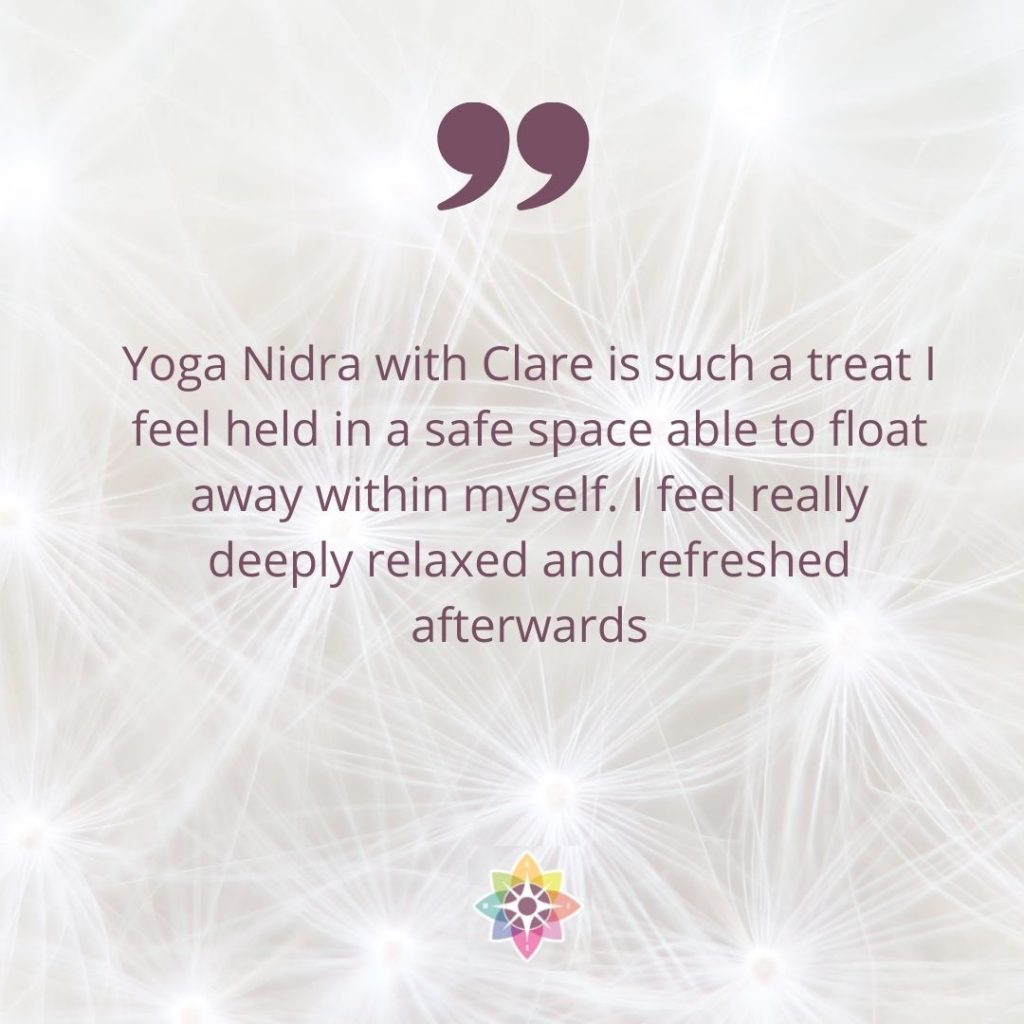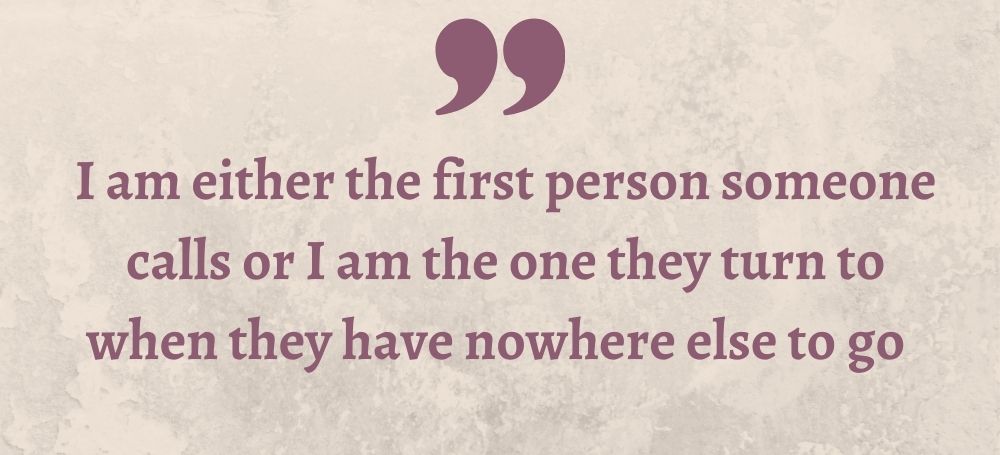
Yoga Nidra
Yoga Nidra has become popular because of its ability to help us feel deeply relaxed, refreshed and rejuvenated in a short period of time. It has been said that a Yoga Nidra Meditation is the same as hours of sleep.
I trained in Yoga Nidra, also known as Yogic Sleep because I am passionate about the power of relaxation and meditation. The practice of Yoga Nidra has been found to reduce tension and anxiety. It is believed to be instrumental in helping on a physical, mental and emotional levels. Yoga Nidra is thought to be good for reducing stress and helping with conditions like insomnia, anxiety and depression. It is thought to be good for promoting creativity and healthy development in children. Because Yoga Nirdra is good with tension and anxiety it has been used to help soldiers cope with PTSD.
Yoga Nidra is defined as a state of consciousness that lies between being awake and being asleep, the mind remains conscious while the body is deeply relaxed. Yoga Nidra is amongst the deepest states of relaxation that can be achieved while still being awake. According to Swami Saraswati Yoga Nidra is a systemic method of inducing complete physical, mental and emotional relaxation.
The term ‘Yoga Nidra’ is derived from two Sanskrit words yoga meaning union or one-pointed awareness and Nidra which means sleep. During the practice of Yoga Nidra the consciousness is functioning at a deeper level of awareness. For this reason Yoga Nidra is often referred to as psychic sleep or deep relaxation with inner awareness. Essentially Yoga Nidra is a guided meditation and does not require doing any yoga or yogic training or any previous yoga experience



 Clare. Can you help?
Clare. Can you help?  Gaslighting
Gaslighting  Anger as a messenger
Anger as a messenger